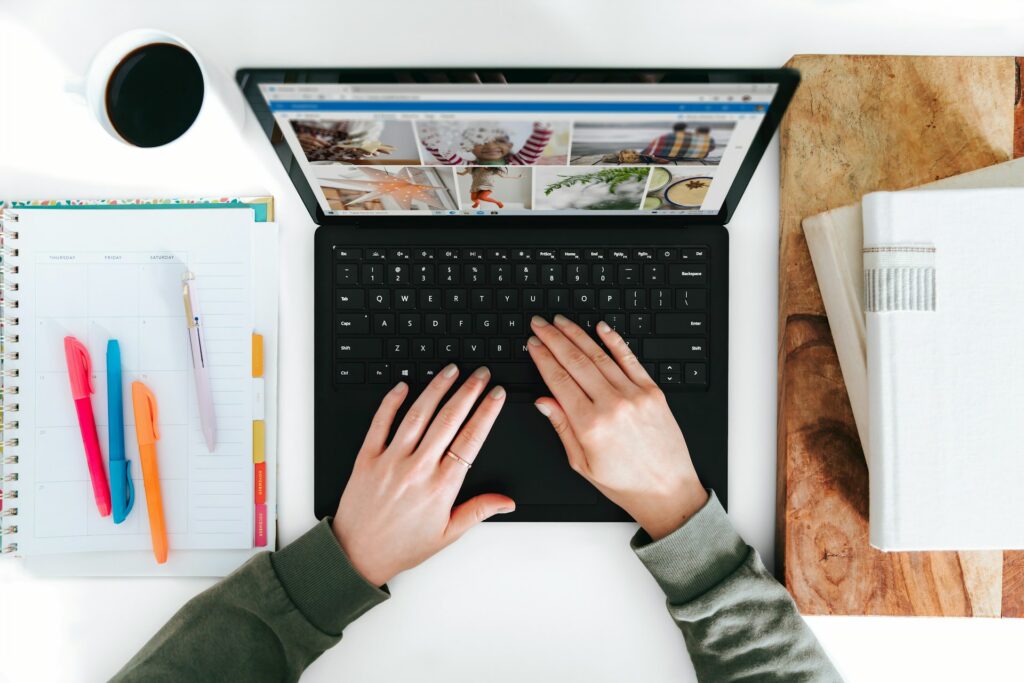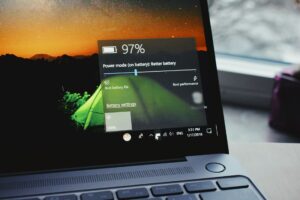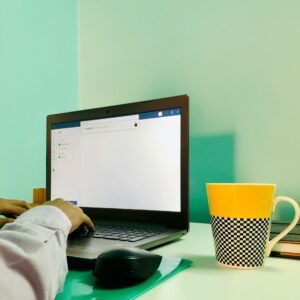How to Use Virtual Desktops in Windows 11

How to Use Virtual Desktops in Windows 11
Trying to keep track of several applications and activities while using just one screen may rapidly become stressful. That is where the virtual desktops in Windows 11 become useful. You have the ability to construct distinct and configurable workplaces with the use of this feature, and each workspace will have its own unique collection of programs and windows. Virtual desktops are capable of significantly increasing your productivity, regardless of whether you are looking to keep professional and personal activities separate, manage tasks, or just minimize the amount of clutter in your life.
1. In Windows 11, what are virtual desktops?
- To put it simply, a virtual desktop is basically a supplementary workspace that exists inside your computer. Virtual desktops are software-based, which distinguishes them from multiple displays, which need additional hardware. All of the desktops operate on the same personal computer, although they give you the impression that you are working in several “environments” depending on the job at hand.
- As an example, you may have one desktop for emails and papers, another for leisure applications like as Spotify or Netflix, and yet another for design tools or games.
2. Advantages of Utilizing Virtual Desktops
Enhanced Organization: Maintain a distinction between applications for professional and personal use.
- Less Clutter: Restrict the amount of windows that are open on each desktop.
- Concentrated Attention: Set aside a dedicated area for each individual job.
- Multitasking Efficiency: Rapidly switch between many contexts without losing progress on any of them.
3. Instructions for Opening Task View
The major center for controlling desktops is called Task View.
- To launch Task View, press the Windows key and the Tab key simultaneously.
- Another option is to click on the Task View icon, which is located on the taskbar and appears as two rectangles that are partially overlapping.
- All of the desktops and windows that you have open at the moment are shown here.
4. Generating a New Virtual Desktop
The process of creating a new desktop is straightforward:
- Go to the Task View.
- At the top of the screen, there is a button labeled “New desktop.” Click on it.
- A clean, fresh desktop is shown, and it is prepared for customization.
- Your system’s resources will determine the maximum number of desktops that you may create.
5. Switching Between Desktops
There are a number of methods that may be used to make the switch:
- You may change between desktops instantly by pressing Ctrl + Windows + Left/Right Arrow.
- If you want to access a certain desktop, you may simply press Windows and Tab at the same time and then click on the desktop you want to use.
- To preview and switch between windows, move your mouse cursor over the Task View icon on the taskbar.
6. Transferring Applications from One Desktop to Another
There are situations why you will wish to move an application from one desktop computer to another:
- Go to the Task View.
- Click the right mouse button on the application window.
- Choose “Move to > Desktop X” from the menu.
- When you have started an application on the incorrect desktop and are interested in maintaining a sense of organization, this might be beneficial.
7. Changing the Names of Your Desktops
The names of the desktops are automatically assigned by Windows, which uses the naming convention “Desktop 1,” “Desktop 2,” and so on. When it comes to renaming:
- Go to the Task View.
- Select the desktop name with a right-click.
- Select the option to rename and then enter in anything that has significance for you, such as “Work” or “Gaming.”
8. Backgrounds that may be personalized for each desktop
It is simpler to distinguish between the many desktops in Windows 11 since each one may be assigned a distinct background.
- While in Task View, right-click on a preview of the desktop.
- Choose the option labeled “Select Background.”
- For each and every workstation, choose a wallpaper that is unlike any other.
9. Shutting Down a Desktop Computer
After you are done using a desktop computer:
- Go to the Task View.
- Move your mouse over the desktop that you wish to shut.
- Go to the corner and click on the X there.
- Rather of terminating, all applications just migrate to a different desktop. They continue to run in the background.
10. Practical Methods for Utilizing Virtual Desktops
Work vs Personal: Maintain a distinction between work-related applications such as Microsoft Teams and Outlook and personal applications such as Spotify and WhatsApp.
- Project Separation: For each project, set up a desktop environment. For example, you may have a desktop for “Marketing Campaign” and another one for “Budgeting.”
- Entertainment Mode: Set aside one of your desktop computers for playing video games or streaming content from applications.
- Minimalist Focus: Maintain a desktop that is uncluttered by having just the document or application that you are now working on.
11. Virtual Desktops Compared to Multiple Monitors
Virtual desktops and multiple monitors are both tools that assist in managing multitasking. Virtual desktops are free and flexible, but numerous displays need the purchase of hardware. In order to achieve the highest level of productivity, many power users mix both.
12. Keyboard Shortcuts for More Rapid Usage
Pressing the Windows key, the Ctrl key, and the D key all at the same time will create a new virtual desktop.
- The command Windows + Ctrl + F4 will close the desktop that is currently open.
- Use the key combination Windows + Ctrl + Left or Right Arrow to switch between desktops.
- The Task View may be opened by pressing the Windows and Tab keys at the same time.
13. Frequent Errors That Should Be Prevented
- Desktops are often overused, and having too many of them may cause confusion.
- Neglecting Customization of the Background: Desktops become more difficult to tell apart when the same wallpaper is used.
- Not Changing Desktop Names: Leaving default names in place makes it more difficult to transition between desktops since it diminishes clarity.
One of the most effective methods of maintaining organization, minimizing distractions, and increasing productivity is via the use of virtual desktops in Windows 11. You may maintain a clear distinction between your working life, personal obligations, and enjoyment while continuing to have rapid access to everything by establishing workplaces that are customized to meet your needs.




